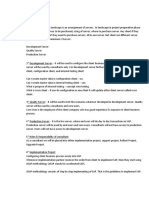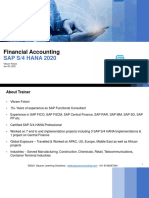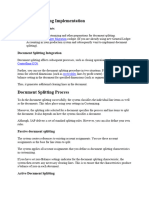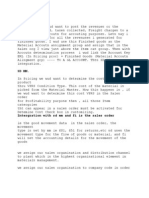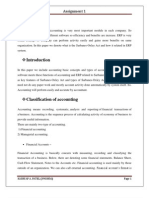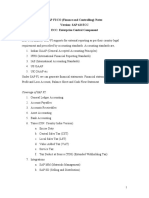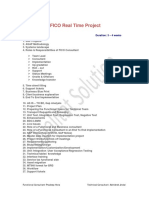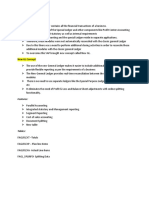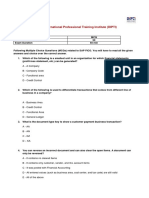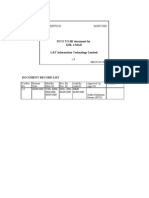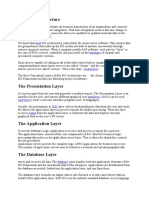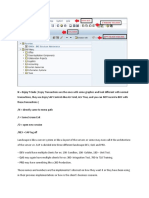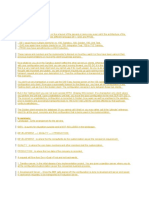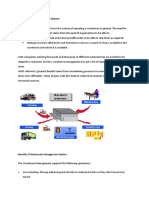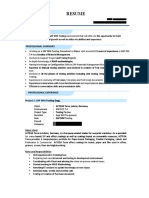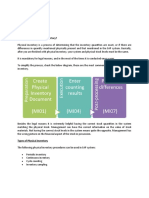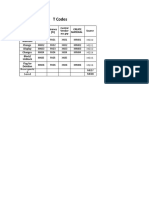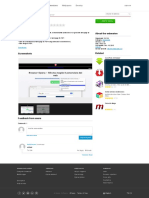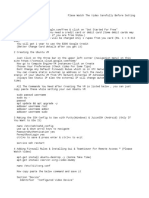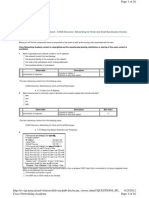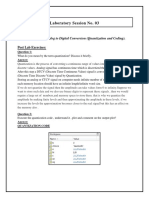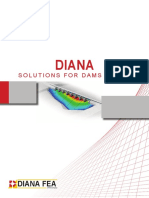0% found this document useful (0 votes)
584 views10 pagesSap Fico - Interview Questions: Types of Servers in Sap
The document discusses the types of servers in an SAP landscape. There are three main servers: the development server, where configurations and customizations are made; the quality server, where testing of configurations from the development server takes place; and the production server, where end users perform daily operations. Transport requests are used to move configurations from the development server to the quality server for testing, and then from quality to production once testing is complete. In some cases, a sandbox server may also be used initially by consultants for training purposes before working on the main development server.
Uploaded by
Shrikant BaviskarCopyright
© © All Rights Reserved
We take content rights seriously. If you suspect this is your content, claim it here.
Available Formats
Download as PDF, TXT or read online on Scribd
0% found this document useful (0 votes)
584 views10 pagesSap Fico - Interview Questions: Types of Servers in Sap
The document discusses the types of servers in an SAP landscape. There are three main servers: the development server, where configurations and customizations are made; the quality server, where testing of configurations from the development server takes place; and the production server, where end users perform daily operations. Transport requests are used to move configurations from the development server to the quality server for testing, and then from quality to production once testing is complete. In some cases, a sandbox server may also be used initially by consultants for training purposes before working on the main development server.
Uploaded by
Shrikant BaviskarCopyright
© © All Rights Reserved
We take content rights seriously. If you suspect this is your content, claim it here.
Available Formats
Download as PDF, TXT or read online on Scribd
/ 10
